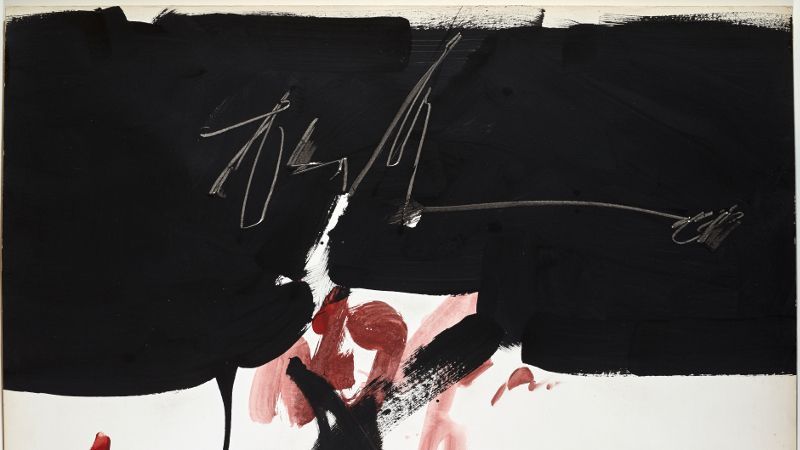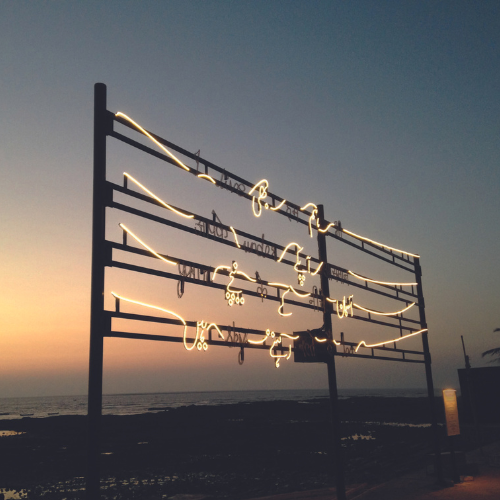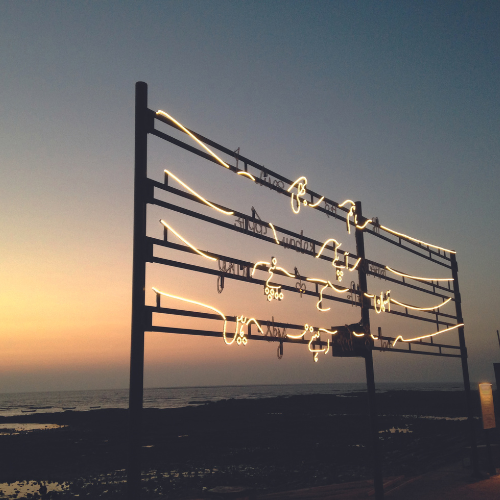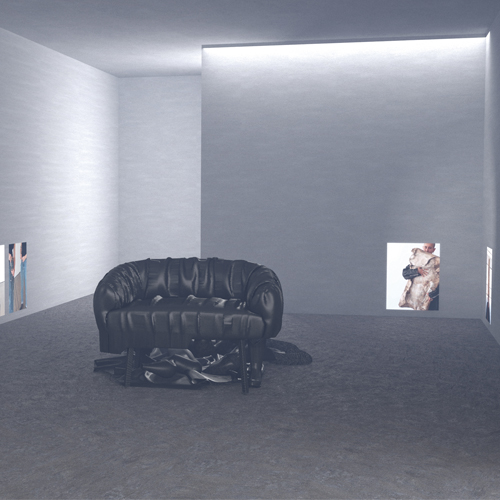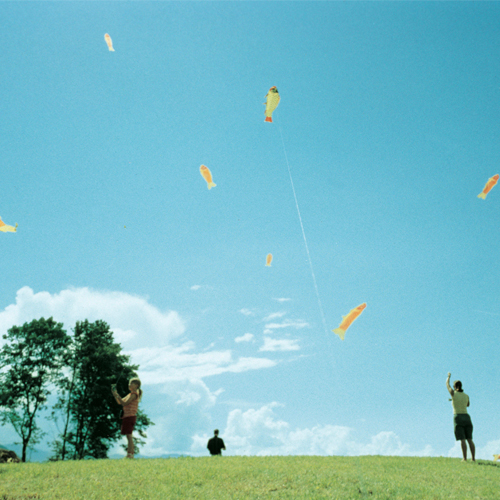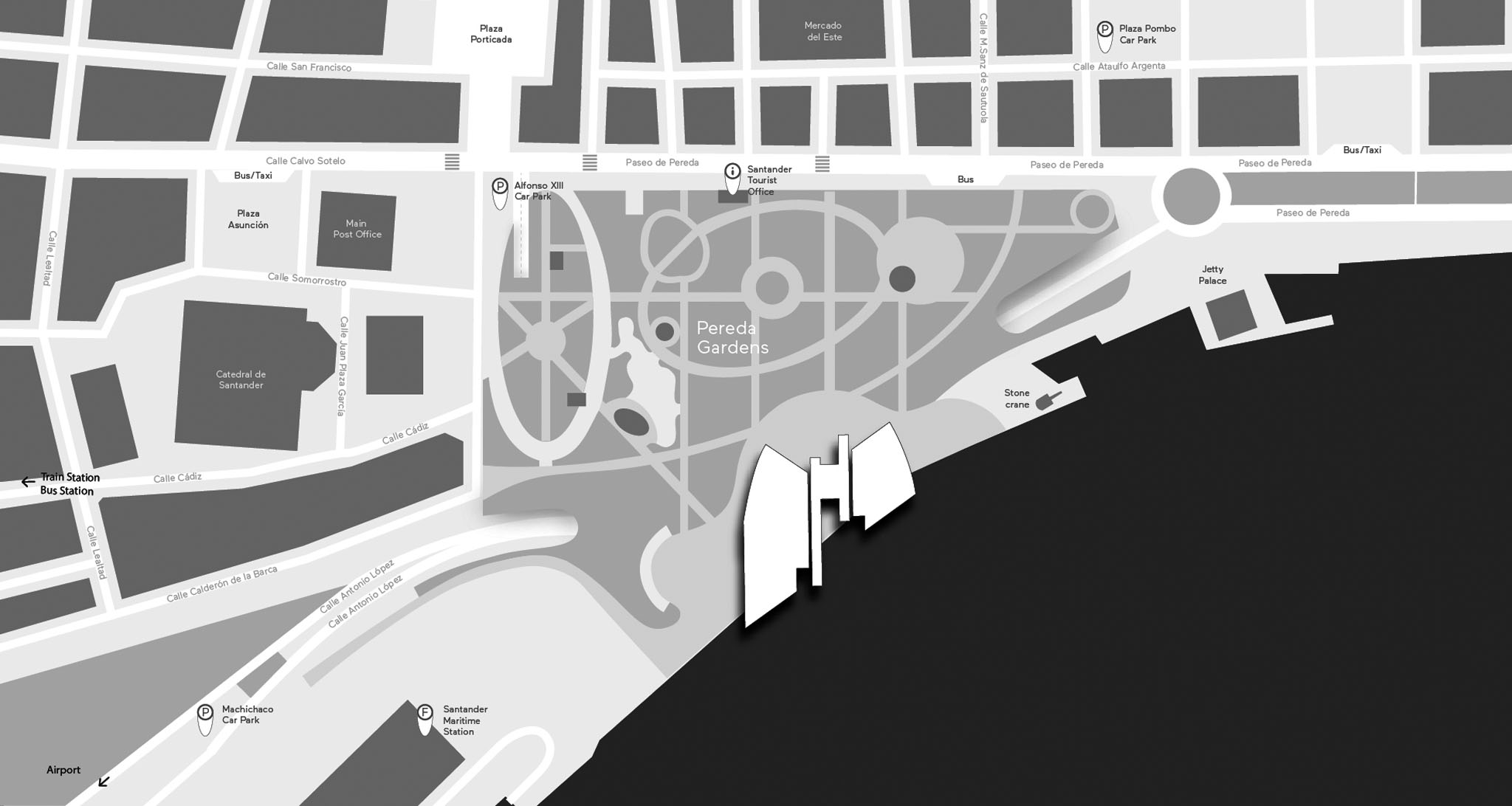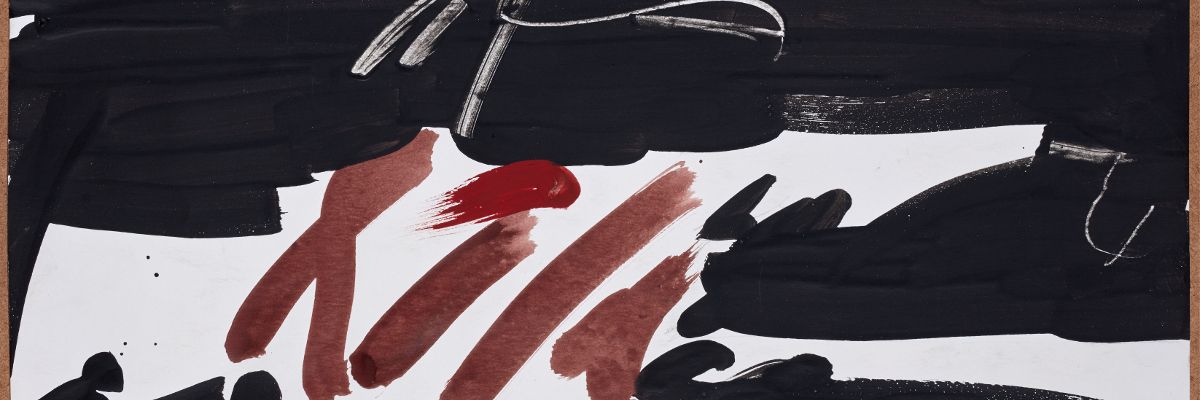
CENTRO BOTÍN PRESENTS `THE SILENT SCREAM. MILLARES ON PAPER´
- Conceived exclusively for Centro Botín, this is the first ever exhibition to be devoted entirely to a chronological presentation of the works on paper of Manolo Millares.
- The show, which will run from 8 June to 15 September, offers a comprehensive selection of 100 works spanning the full range and the different stages of the Canarian artist’s career, with particular emphasis on the period from 1955 to 1971.
- Put together with the active involvement and support of the artist’s family, and including a great number of previously unshown works, this ground-breaking exhibition is a timely reminder of Millares’s importance in the artistic and cultural milieus of his time.
Centro Botín presents The Silent Scream. Millares on paper, the first exhibition devoted entirely to works on paper by Manolo Millares (Las Palmas de Gran Canaria, 1926 – Madrid, 1972). Conceived exclusively for Centro Botín, this exhibition invites the visitor to discover Millares’s work through four spaces, corresponding to the major chronological phases of the artist’s creative life, and to enjoy for the first time a large number of previously unshown works.
Curated by Maria José Salazar, a member of the Fundación Botín Visual Arts Advisory Committee, the exhibition is part of the ongoing body of research aimed at furthering out understanding and appreciation of drawing in Spanish art initiated by the Fundación Botín in 2006. Given that drawing is one of the most fascinating and fruitful facets of Spanish art from the sixteenth century to the present, the commitment of the Fundación Botín to this often undervalued medium is reflected in a pioneering series of new publications and a sequence of landmark single-artist shows devoted to the graphic work of the great Spanish masters, as in the case of the present Manolo Millares exhibition.
The exhibition, which can be visited at Centro Botín from 8 June to 15 September, has been put together with the active involvement and support of the artist’s family, and comprises a selection of 100 works covering the chronology of the successive stages of Millares’s creative output in terms of the new concept of drawing that came to the fore in the art world in those years of which he was a leading exponent. The show thus traces an arc from his somewhat academic beginnings in 1946, taking in some of his surrealist compositions and works with a Guanche influence and moving on through his pictographs to focus on the art he produced between 1955, when he moved to the Spanish mainland, and 1971, a few months before his untimely death: works of exceptional strength and personality, which led to his being recognized as one of the most important creative talents of his time.
Manolo Millares, one of the founders of the El Paso group in 1957, along with other major Spanish artists such as Antonio Saura, Manuel Rivera and Rafael Canogar, and celebrated for his use of burlap, sacking, rope and other unconventional materials, was brilliant and radically transgressive in his works on paper, as he was in all his artistic output. He was at the forefront of a conceptual change in drawing, then considered a minor discipline, in breaking with a method that, in Spain, had remained anchored in the canons of the nineteenth century. The Canarian artist incorporated the changes introduced by the international avant-gardes in his works on paper, in a way of working in which gesture, forcefulness and thought predominate and exalting new valued over established assumptions.
The whole body of Millares’s oeuvre is rooted in his environment and there is no doubt that he was a deeply committed artist in constant struggle with his historical, social and cultural moment. He belongs to that group of Spanish artists who, having emerged from a childhood marked by the war, formed in the dark nineteen fifties a movement through which to give voice, through their work, to the social situation of the country.
Four main stages can be identified in Millares’s work: an autodidactic first period of starting out and learning, and of naturalistic or realist academic drawing (1945 – 1948); an expressionist second phase of research and of searching (1948 – 1954); a third stage of consolidation and major innovation, in which the line has become a vital testimony (1955 – 1963); and a fourth period of plenitude, accusation and strength (1964 – 1971), in which his work came to full maturity and opened up a new path for drawing in this country.
